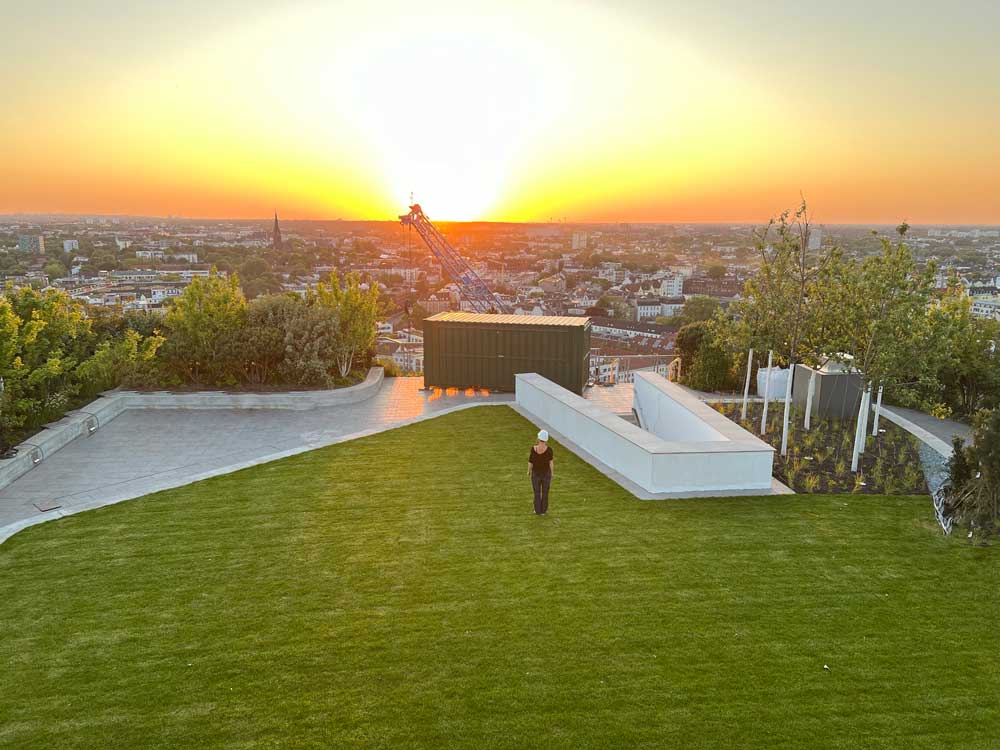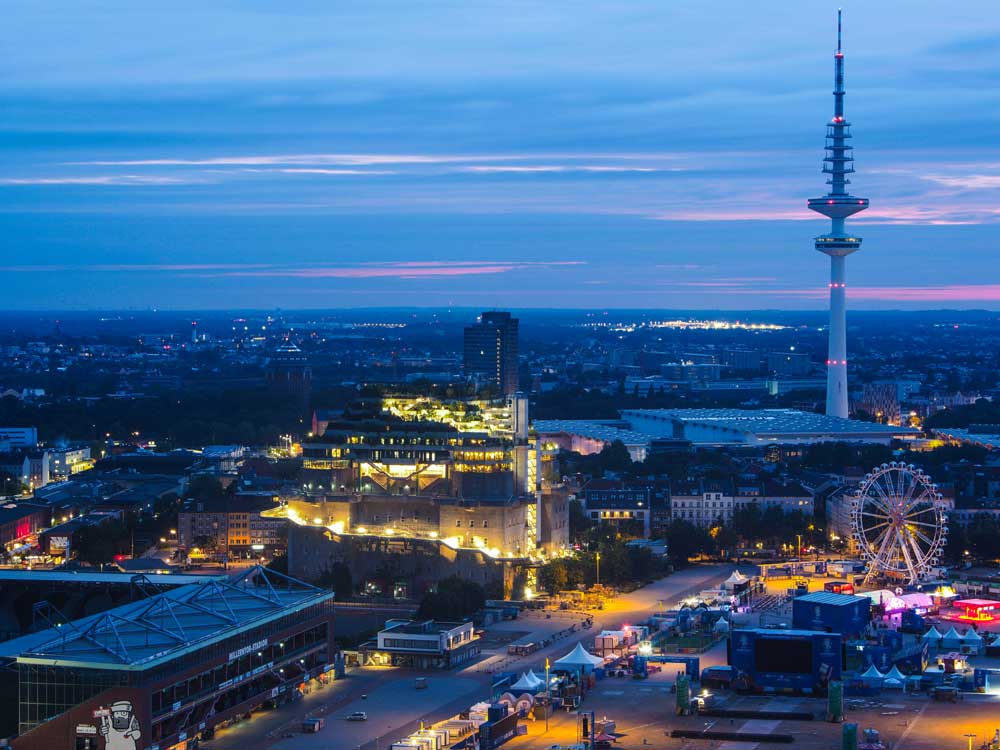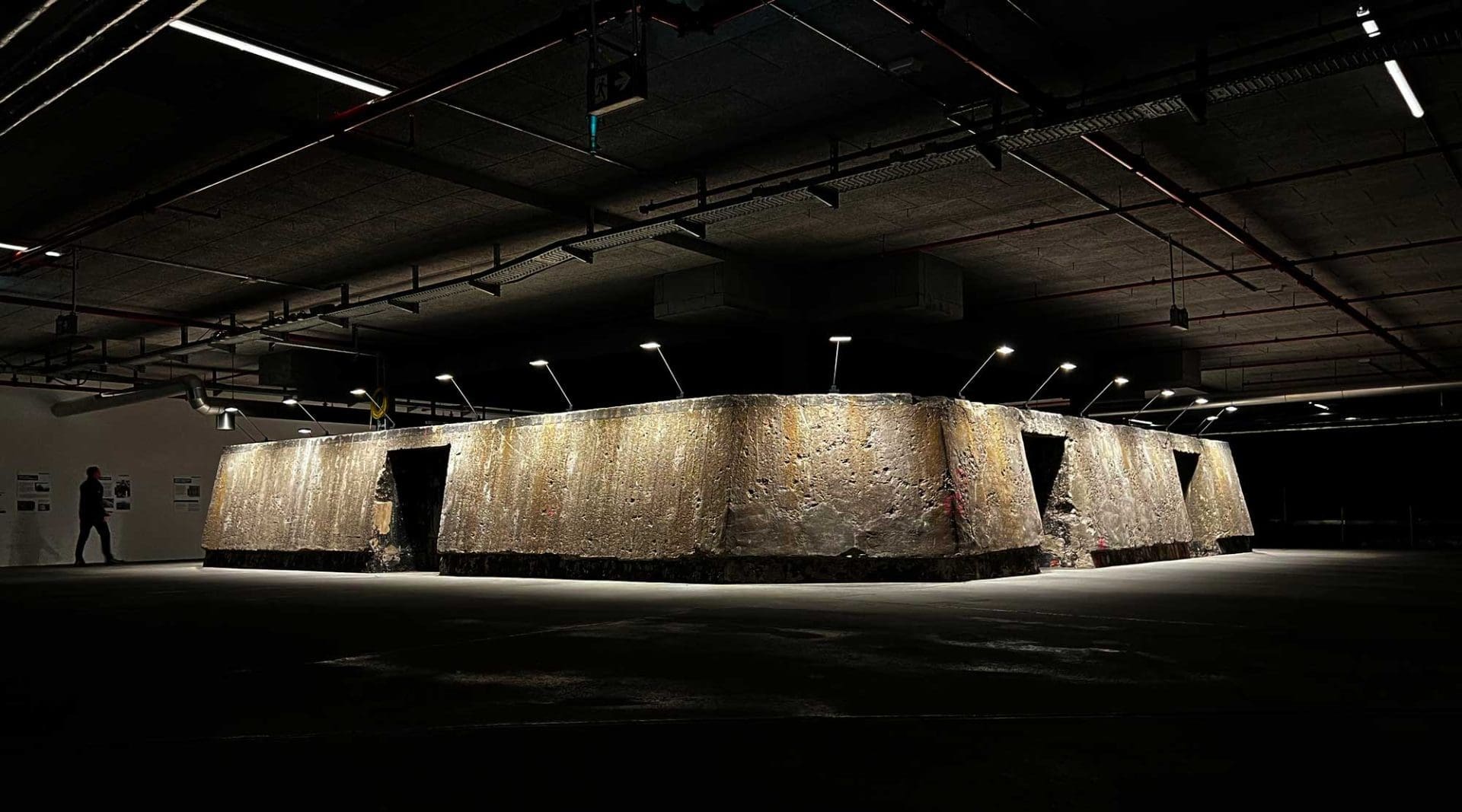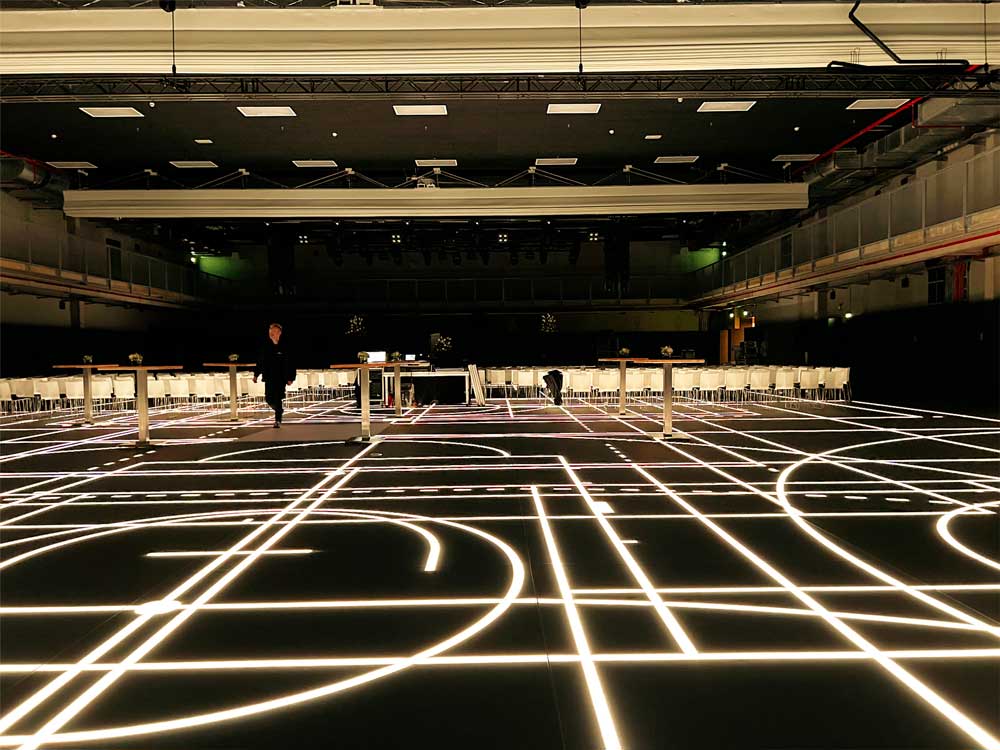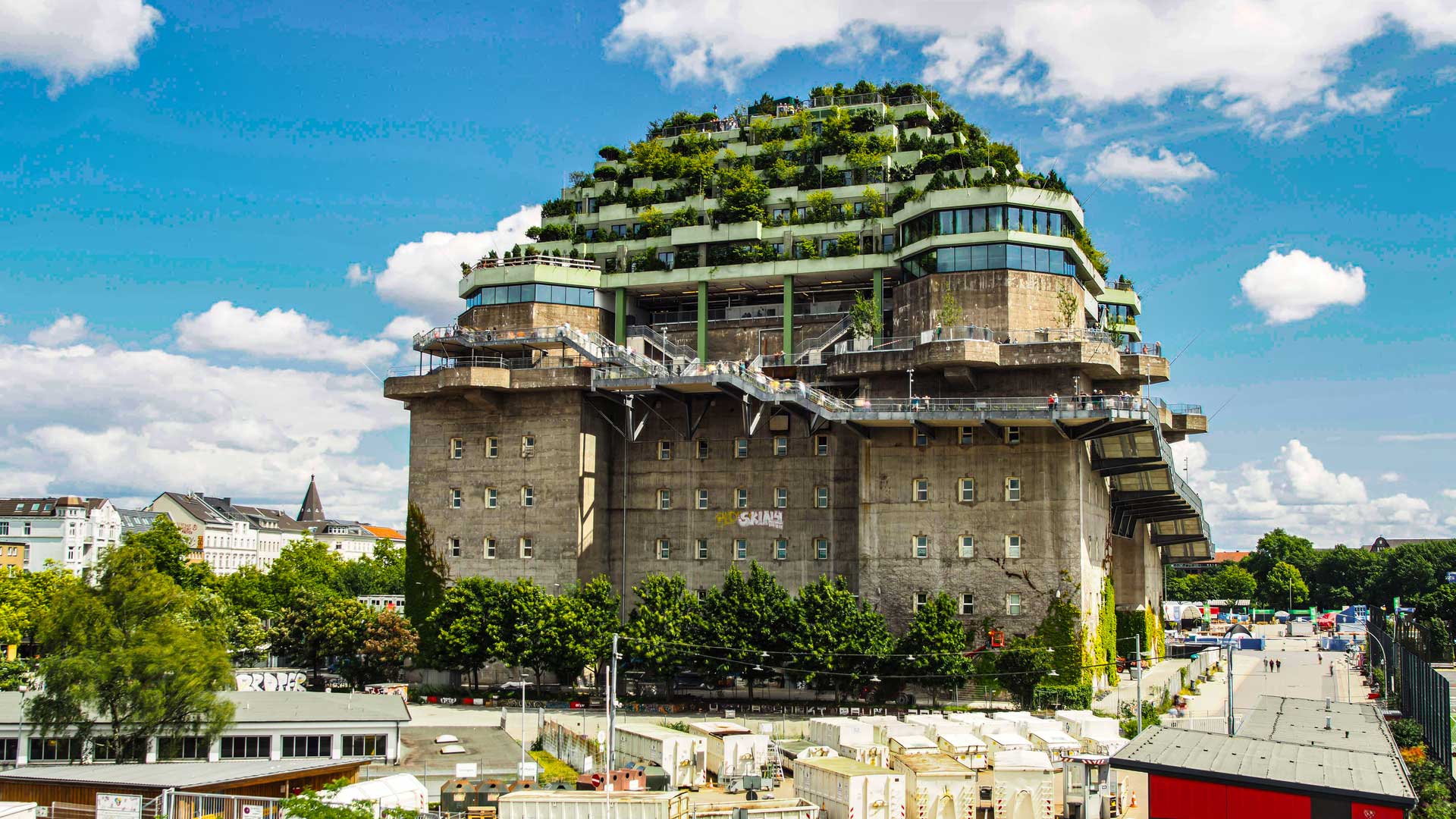WWII German Air Raid Bunkers Are Classy Hotels Now
Living In New Zealand means some of the only times we come into contact with the concrete paranoia of WWII is looking at the old pillboxes dotting our ports. Europe still lives with these reminders within their cities and as such have had to find creative ways to integrate them into their peacetime lifestyles. None is more evocative than the St. Pauli Bunker in Hamburg, Germany.
Built at the height of Nazi Germany the air raid shelter industry was in full swing. Hamburg was a hotspot for allied bombing due to it’s submarine industry. The Reich used slave labour to build at least 1,051 bunkers in the city, and today there are apparently around 650 left, Although you’d have a hard time finding them squirreled away underneath residential areas. The St. Pauli Bunker originally called Flakturm IV was by far and away one of the biggest ever built. The walls are 3.5 metres thick and 35 metres tall. Good luck blowing this thing up. In fact the allies considered it for a little after the war was over. In the end they decided the sort of explosion you’d need to level the thing would not endear you to all the surviving NIMBYs in the area. In use it was able to accommodate 18,000 people and featured extra wide doors to allow women and prams through easily during a raid. Even taking direct fire the bunker was able to protect 25,000 people.
Since the war ended the bunker has been a cultural hub of the area, playing a historic role in German when it become the home of NWDR a public broadcaster that sent Germany’s first ever TV images from the bunker.
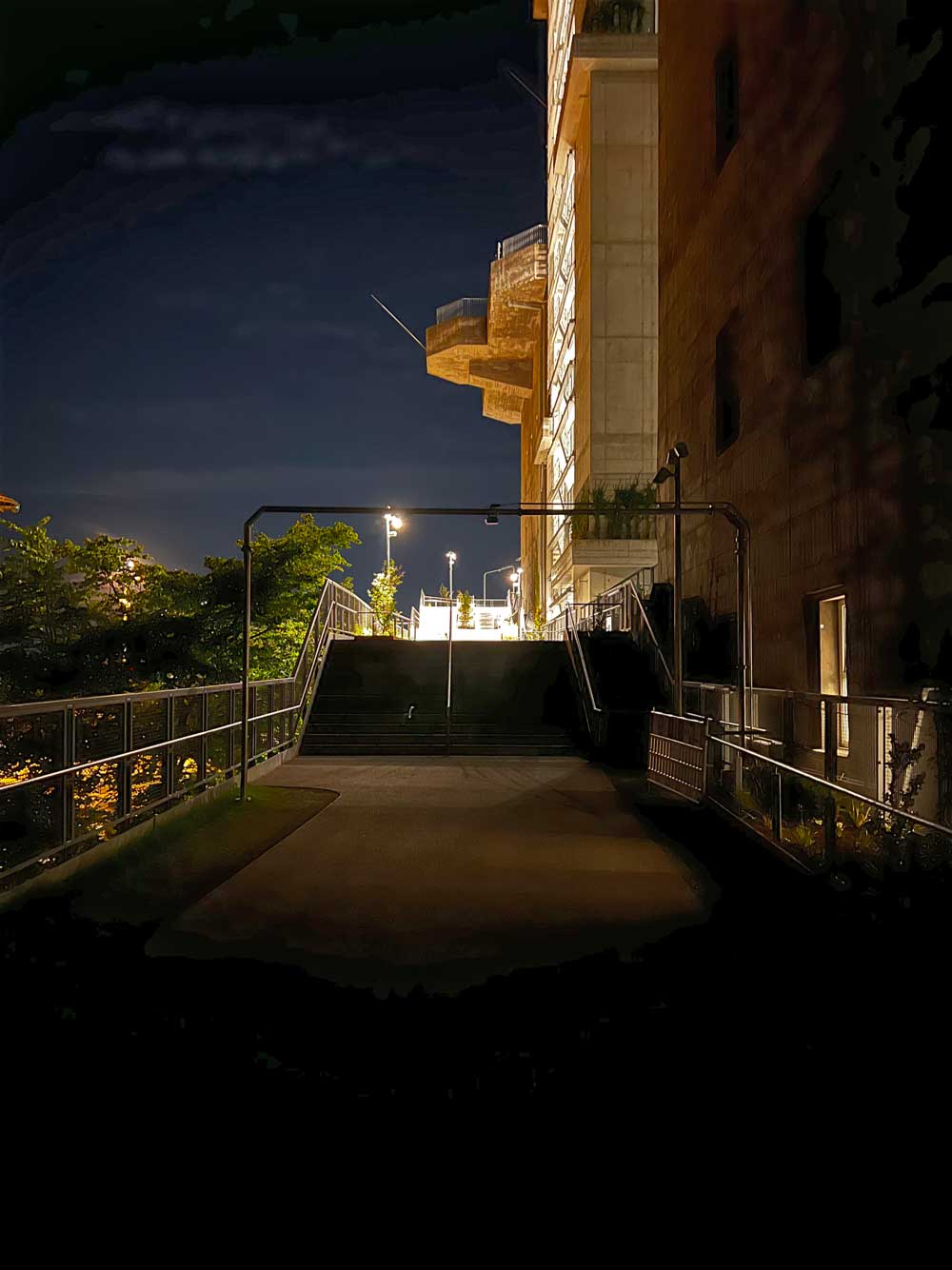
The bunker is slowly becoming a greenspace, as well as a music venue, and mixed use commercial building. A public garden offers panoramic views of the city and a five story hotel has even cropped up on top of it with restaurants and cafes serving the various patrons. This addition has pushed the height of the building to 58 metres tall. A 560 metre gangway spirals the outside of the building offering pedestrians a leisurely hike up to its pinnacle if they aren’t fans of lifts.
Honestly if I was going to live on top of any sort of building, it’d be one that could take a direct allied assault and still be good to go.
